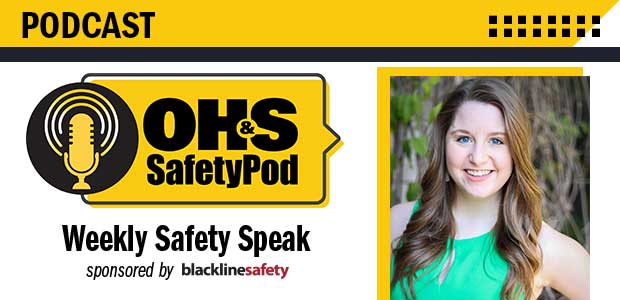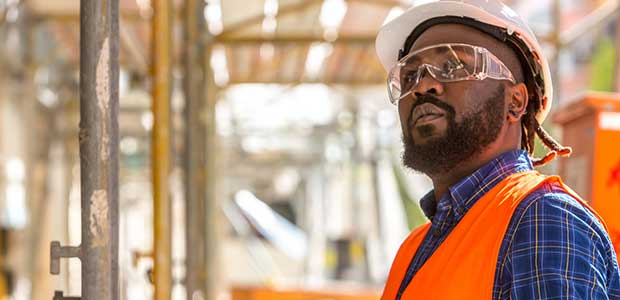A Utah man died while working on a construction site on October 3.

The University of Connecticut’s Journal of Occupational and Environmental Medicine found that employee mental health has declined since the onset of the pandemic.
The five grocery stores were fined a total of $104,308 for putting workers at risk for contracting coronavirus.

SPONSORED
No one believes in consumer-centric design for injury prevention better than Matthew Hart, founder and CEO of Soter Analytics, “Putting ourselves in the shoes of our client’s, truly understanding their problems, barriers and facilitators and engaging in empathetic listening, we are now so proud to launch our new SoterCoach solution that has been built off the back of direct customer feedback”.

Episode 30
In this Safety Speak episode of the podcast, Editor Sydny Shepard discusses a new alliance to protect against hazardous chemical exposure, OSHA’s updated Coronavirus FAQ, and newly published articles from the October issue of Occupational Health & Safety.
The five-year alliance will help protect workers who handle chemicals like diisocyanates.

OSHA published new frequently asked questions (FAQs) regarding the reporting of work-related coronavirus cases on September 30.

Determining the quality of indoor air begins with managing expectations, and having standards in place.

Water treatment workers that enter ducts, manholes and vaults frequently must know these safety tips for confined spaces.

As workers trickle back into the workplace, it is important to revise daily, weekly, monthly and annual procedures to mitigate the risk of the coronavirus, including AED/CPR training.

Safety professionals are the bridge between those worlds—corporate safety/compliance programs and the frontline work. Therefore, it’s imperative that your health and safety programs meet your workers where they’re at.

Post-COVID-19, HSE management will confront new challenges and will have new tools and opportunities.

Here’s how you can create reward programs that encourage safety, resonate with your employees and create engagement and loyalty.

As the seasons change, you must consider the different hazards they bring.
Unseen hazards are everywhere, and it is your job as a safety leader to expect, react and adapt to emergencies as they unfold.